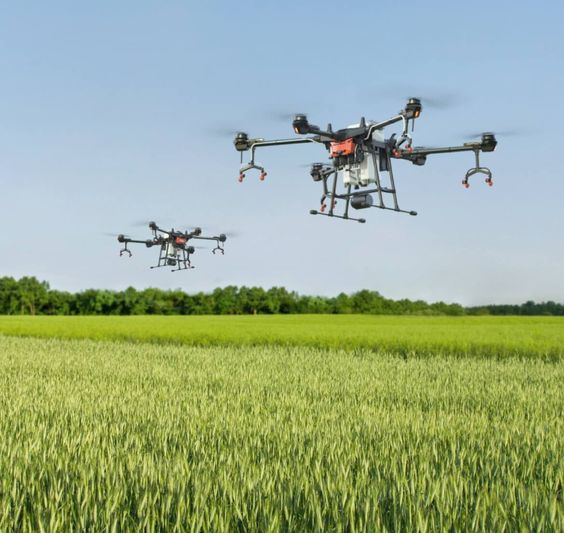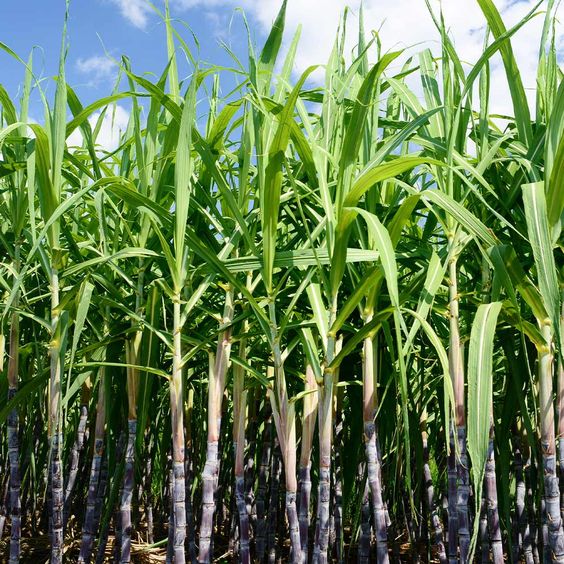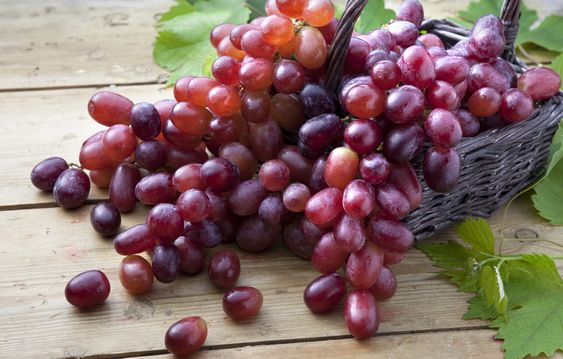How Agricultural Data Interoperability is Revolutionizing Smart Agriculture
Agricultural Data Interoperability sector is on the cusp of a significant transformation. Smart agriculture, driven by advancements in technology like the Internet of Things (IoT) and big data analytics, is poised to revolutionize the way we grow food. At the heart of this transformation lies a critical concept: agricultural data interoperability.
Introduction: The Challenges of Fragmented Agricultural Data Interoperability
Modern agriculture generates a vast amount of data. From sensor readings monitoring soil moisture and temperature to yield data collected from combine harvesters, the information available to farmers is more extensive than ever before. However, this data often resides in isolated silos, created by incompatible hardware and software systems. This fragmentation hinders the potential of smart agriculture solutions.
Imagine a farmer using multiple sensors from different manufacturers in their fields. Each sensor might have its own data format and communication protocol, making it difficult to combine the data into a single, unified view. This fragmented approach makes it challenging to gain valuable insights that could improve crop yields, resource management, and overall farm efficiency.
Agricultural Data Interoperability: Breaking Down the Silos
Agricultural data interoperability is the ability of different software applications and hardware devices to seamlessly exchange and utilize agricultural data. It ensures that data collected from various sources is standardized and can be easily integrated into a central platform for analysis.
Think of it as a universal language for agricultural data. With interoperability, data from sensors, farm management software, weather stations, and other sources can be readily combined and analyzed, providing a holistic view of farm operations. This empowers farmers to make data-driven decisions that can significantly impact their bottom line.
The Benefits of Interoperable Agricultural Data Interoperability
The advantages of agricultural data interoperability are numerous and far-reaching. Here are some of the key benefits it brings to the agricultural sector:
- Improved Decision-Making: By integrating data from various sources, farmers can gain a deeper understanding of their operations. This allows them to make informed decisions regarding planting schedules, irrigation practices, fertilizer application, and pest control.
- Enhanced Farm Efficiency: Interoperable data enables the automation of repetitive tasks and facilitates the optimization of resource utilization. Farmers can identify areas for improvement and implement strategies to reduce waste and maximize productivity.
- Precision Agriculture: Interoperability paves the way for precision agriculture techniques. By analyzing real-time data on soil conditions, weather patterns, and crop health, farmers can tailor inputs and interventions to specific areas within their fields, leading to increased yields and reduced environmental impact.
- Streamlined Supply Chains: Interoperable data can improve transparency and traceability throughout the agricultural supply chain. This allows for better coordination between farmers, distributors, and retailers, ultimately leading to reduced food waste and improved food safety.
- Innovation and Development: A standardized data infrastructure fosters innovation within the agricultural sector. Developers can create new applications and services that leverage interoperable data to address specific agricultural challenges.
Achieving Interoperability: Standards and Collaboration Agricultural Data Interoperability
The realization of agricultural data interoperability requires a collaborative effort from various stakeholders. Here are some key steps to achieve this goal:
- Standardization: Establishing common data formats and communication protocols across the agricultural industry is crucial. Industry bodies and government agencies play a vital role in developing and promoting these standards.
- Open-source Platforms: Encouraging the development of open-source data platforms allows for greater flexibility and integration of various data sources. This fosters collaboration and innovation within the agricultural technology (AgTech) sector.
- APIs and Data Sharing Agreements: Application Programming Interfaces (APIs) enable seamless data exchange between different software applications. Additionally, clear data sharing agreements that address privacy and security concerns are essential for building trust within the agricultural community.
Conclusion: The Future of Agriculture is Interoperable
Agricultural data interoperability is not just a technical challenge; it is a transformative opportunity for the agricultural sector. By breaking down data silos and fostering collaboration, interoperability empowers farmers to leverage the power of data and make smarter decisions. As the agricultural industry embraces interoperability, we can expect to see significant advancements in farm productivity, sustainability, and food security in the years to come.
This journey towards an interoperable future requires ongoing commitment from industry leaders, policymakers, and farmers alike. By working together, we can unlock the true potential of smart agriculture and ensure a more prosperous and sustainable future for food production.




